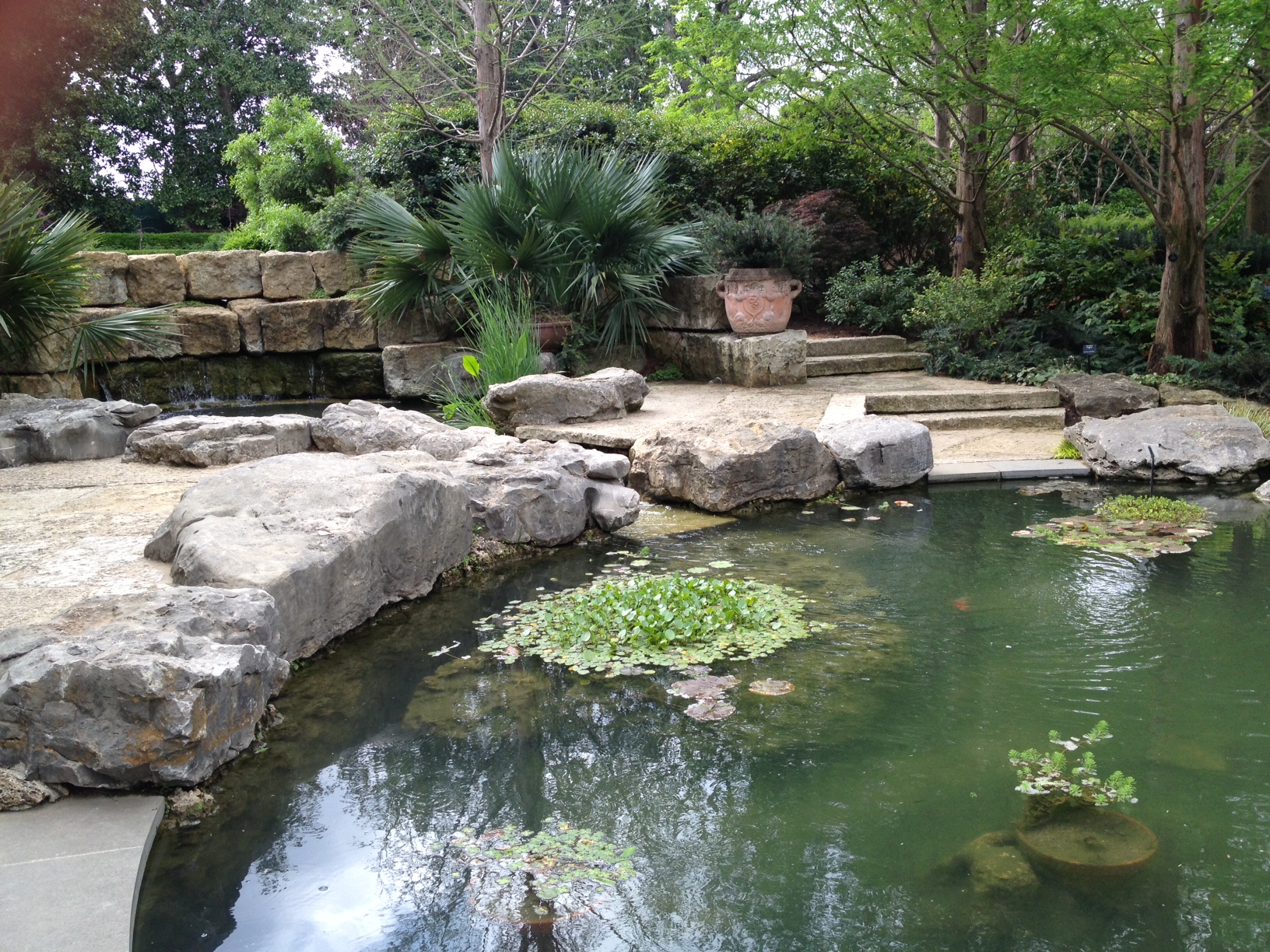The Dallas Arboretum & the Importance of Talking Science with Kids
/By Judy
When I visit my sister in Dallas, I don’t see much of the city. It’s city with a serious sprawl problem, and besides making sure I eat some good Tex-Mex and hitting up the outlet mall, I don’t usually do much touristy stuff. I really go there to see my sister and her three kids.
When I went down there this past April, I decided to squeeze in one attraction. Since my Mom would also be there, I thought going to the arboretum would be ideal. We let my youngest nice, Hailey (4 years old) skip preschool for the day and come with us.
More botanical garden than arboretum, Hailey and I spent a significant amount of time seeking out “princess gardens”—the type of garden we could imagine a princess having all to her own. Hailey also couldn’t resist showing off her cartwheel technique on some of the wider expanses of grass.
A princess would definitely live here.
While that sort of play—imagination play and physical play—are important, we also spent time really talking about the plants we saw. The needles of a weeping pine were surprisingly soft; sod is so tough you can build houses out if it; Japanese maples can come in green or purple.
The Dallas Arboretum includes an exhibit on pioneer living, complete with model homes and a covered wagon. Hailey was able to play house and pretend to drive the wagon, combining both that imaginative part of her brain while learning that before cars this was how people got around. The beds in the houses were small and hard, and it was difficult to believe that people could ever sleep on them. One house was modeled on a real-life doctor who collected insect specimens and medicinal plants, which were presented in glass cases. Gross yet fascinating!
The needles of this weeping pine were surprisingly soft.
None of this was particularly in-depth science or history, but it did facilitate conversation and increase her general awareness of her surroundings. No child is ever too young to learn something about the universe. Building critical thinking skills is just as important as growing imaginations, and can even be as fun!
There’s a whole wide world out there that’s ripe for exploring. But it’s making sure that you have those conversations, and engage with your travel companions (no matter how small) that really make the world an interesting place.
J.D. told me a story not long ago about searching for fairies with his grandmother on his grandparents’ farm as a kid. He wondered, when he told me this, if it would have been better to have looked for plant specimens, because, eventually, we all have to grow up and realize that there are no fairies. I think that we can strike a balance though. Creativity is essential for developing brains. But so are critical thinking skills. I don’t think that searching for fairies is wrong; I just think that imaginative play shouldn’t be the only way we engage with children.
Eventually, Hailey will grow up. She’ll stop pretending to be a princess and maybe even stop doing cartwheels. Hopefully her curiosity about the world will never leave her. My wish for her is to keep both her imagination and ability to look closely at the world and ask questions.
And that’s why we spent the morning at the arboretum.
My mom watches Hailey demonstrate her cartwheel technique.


